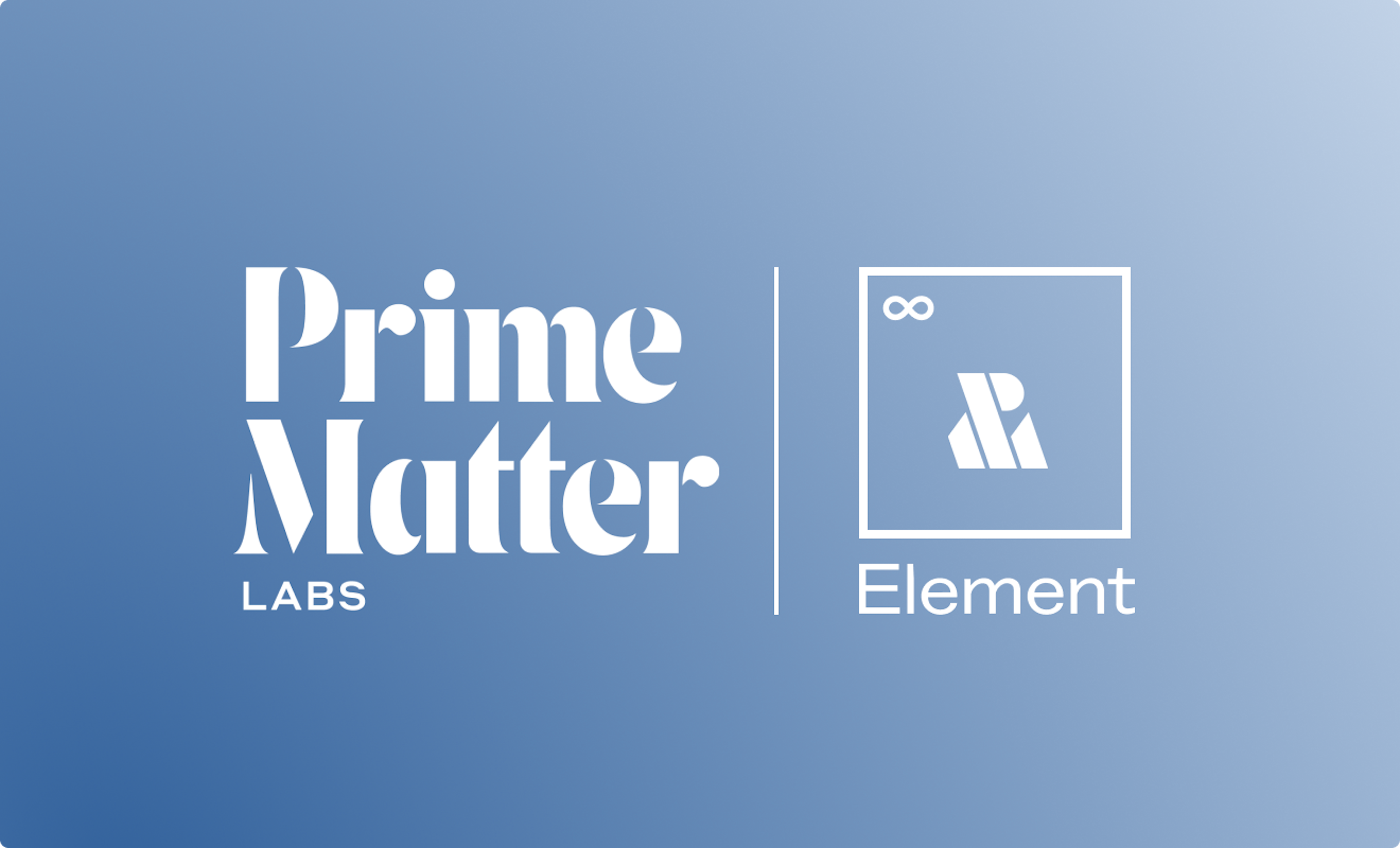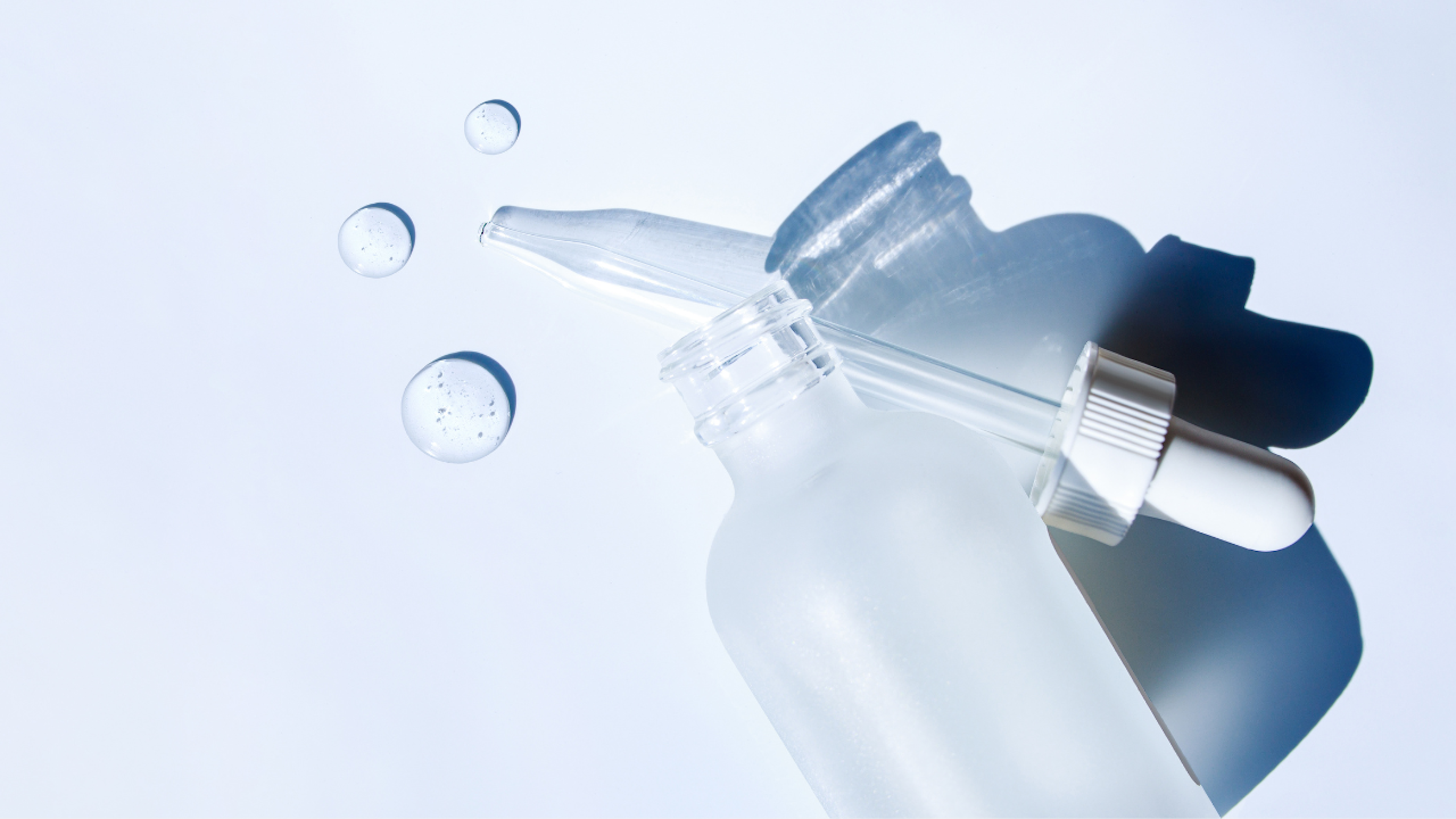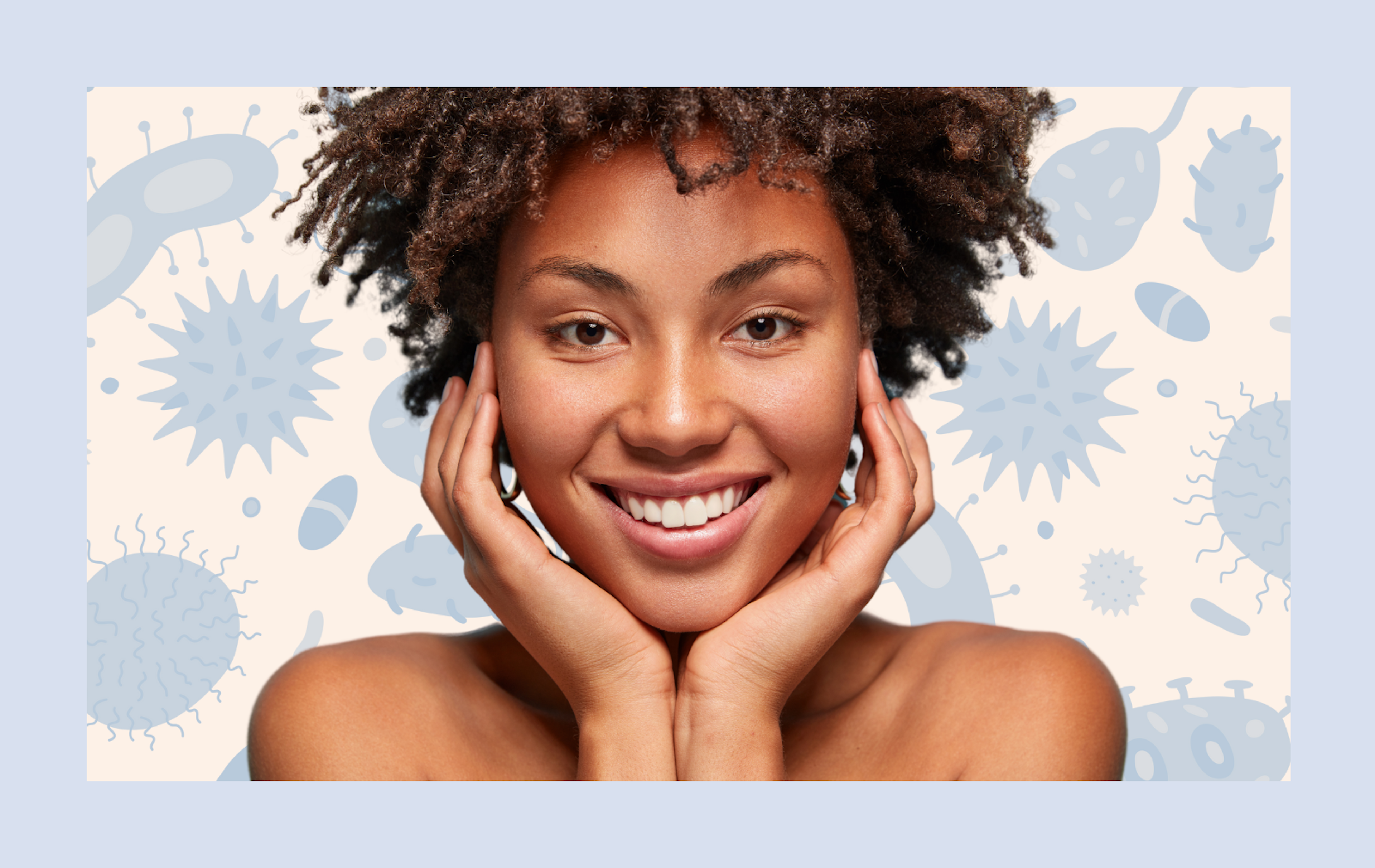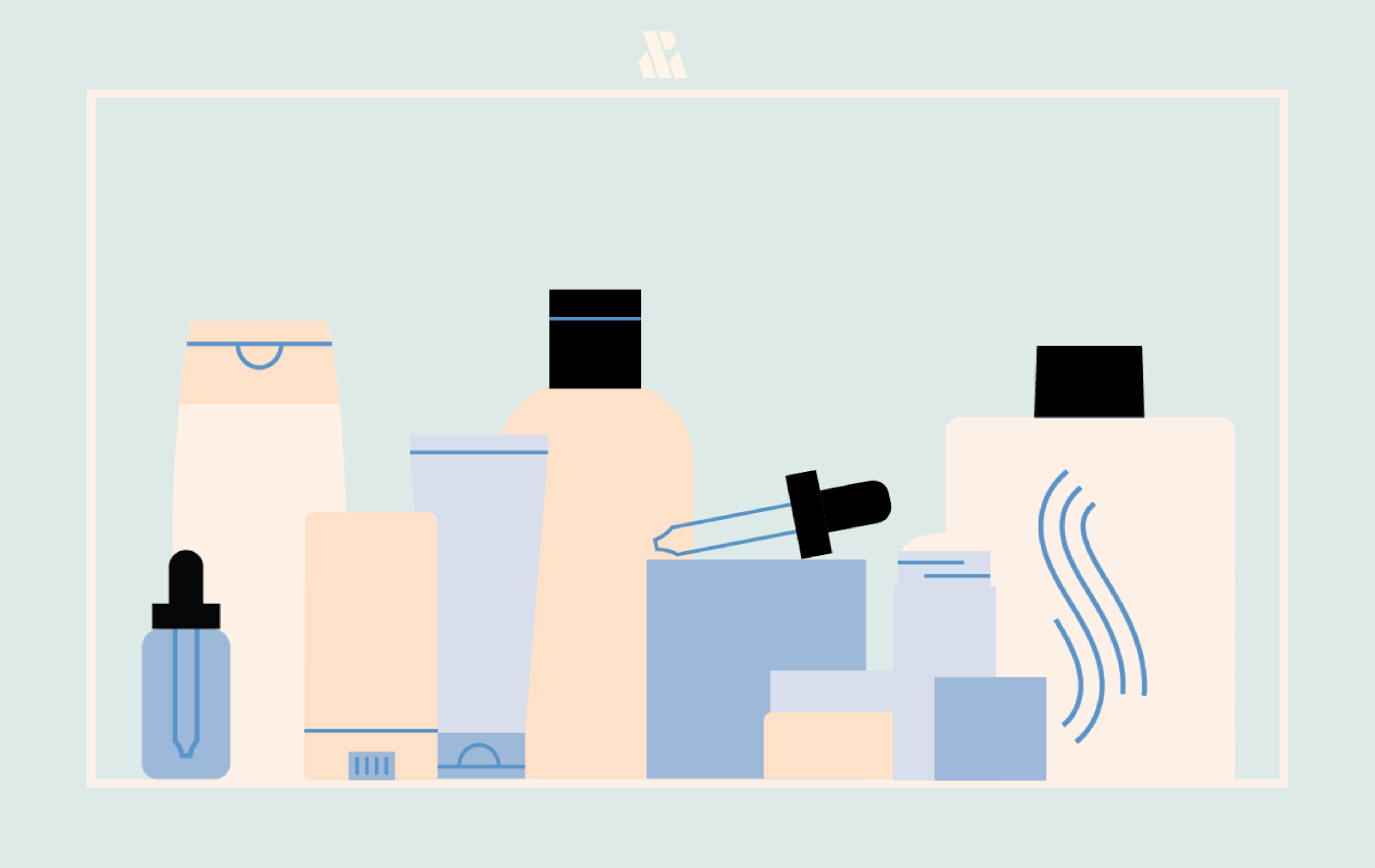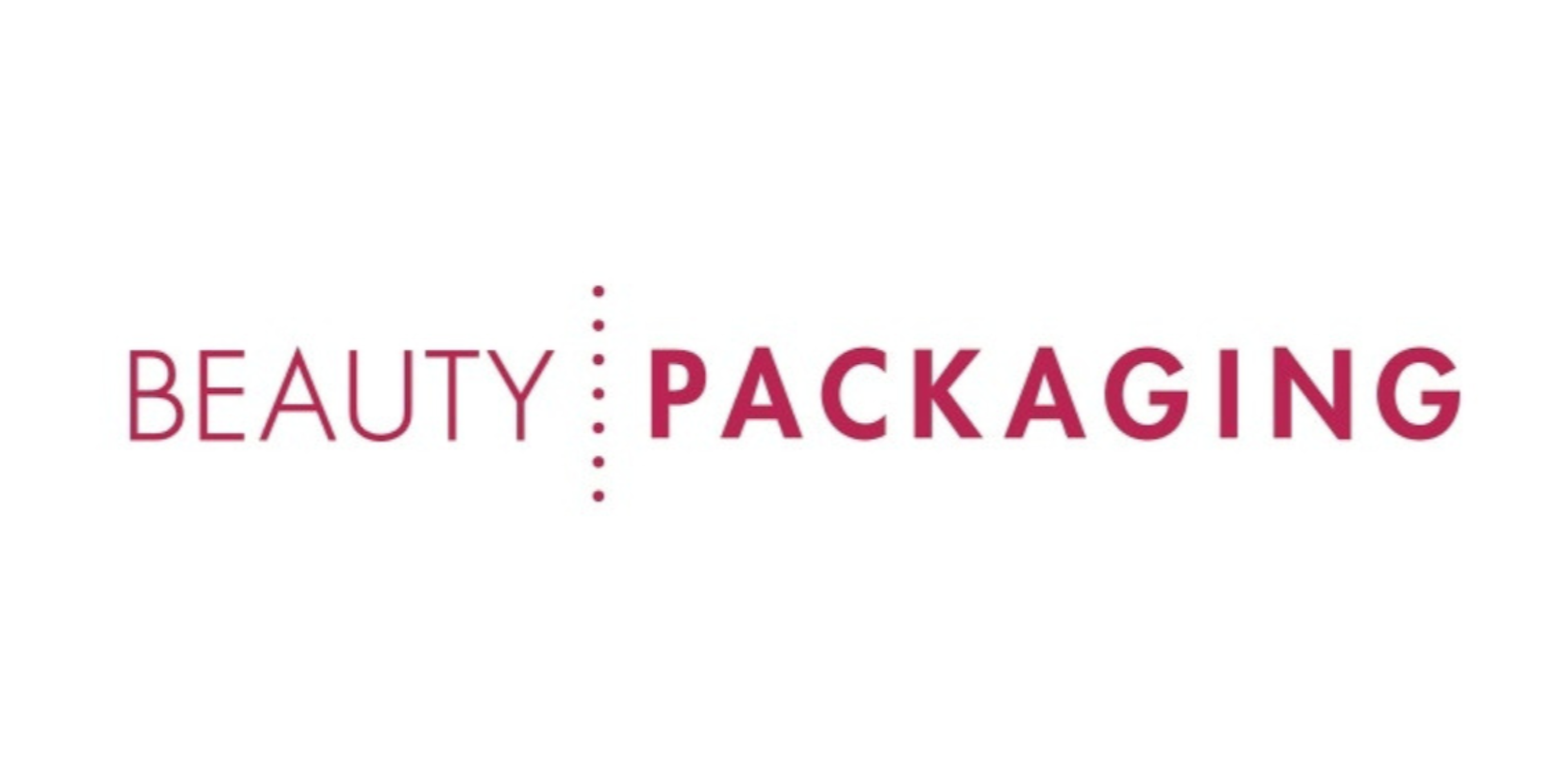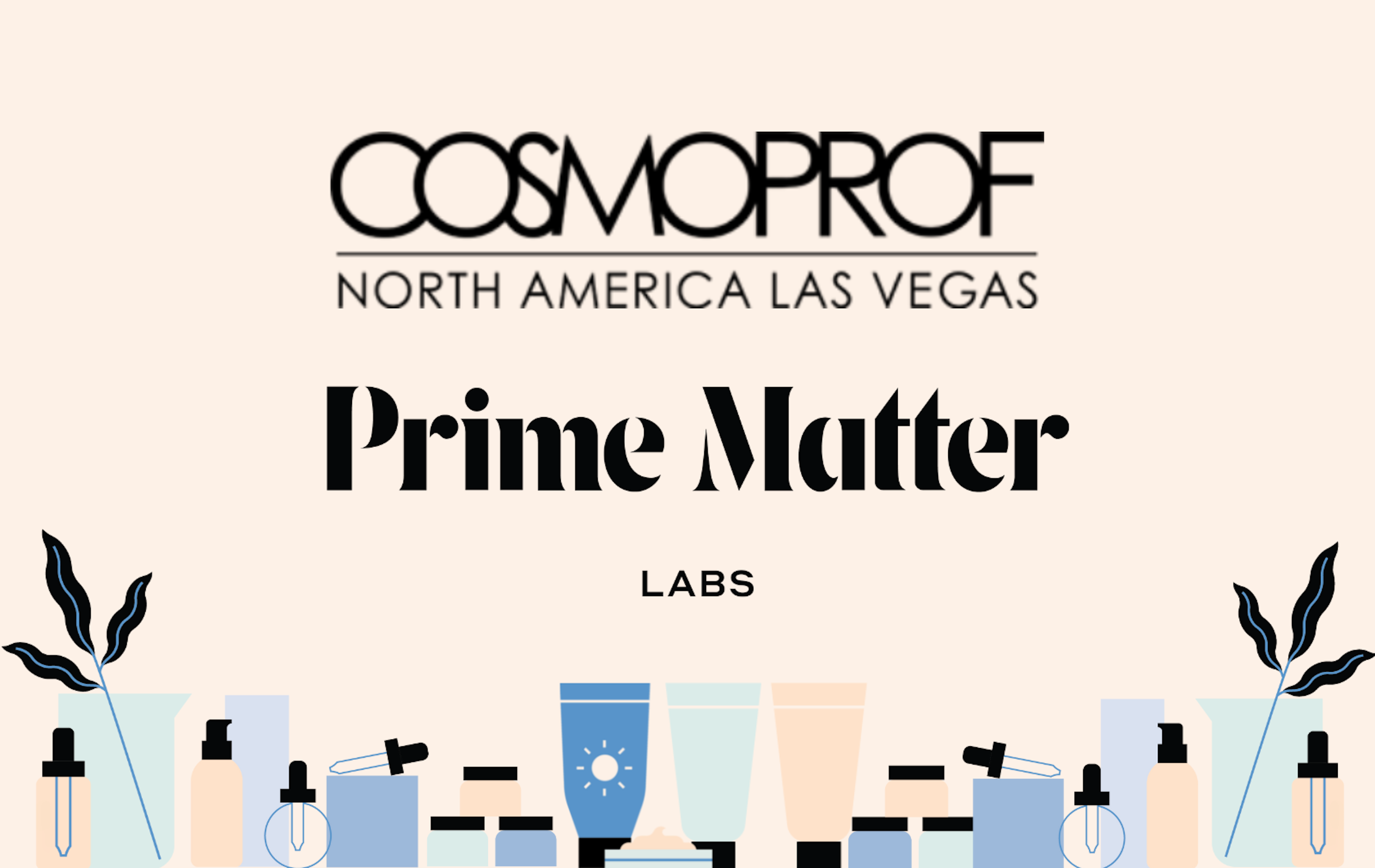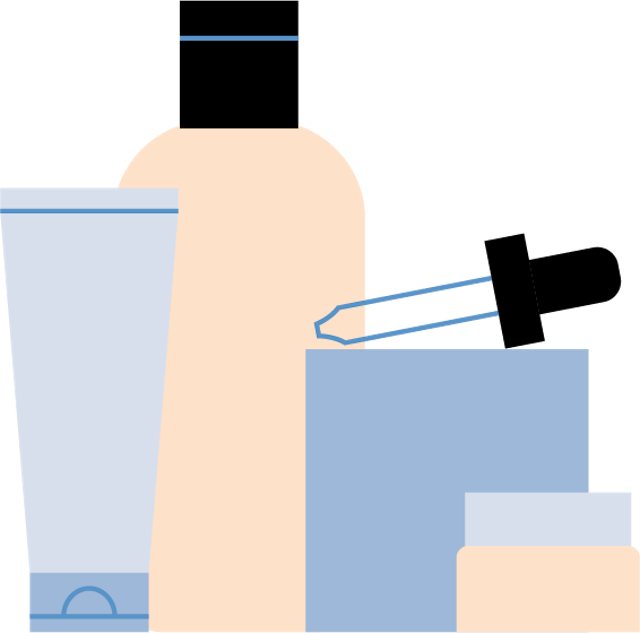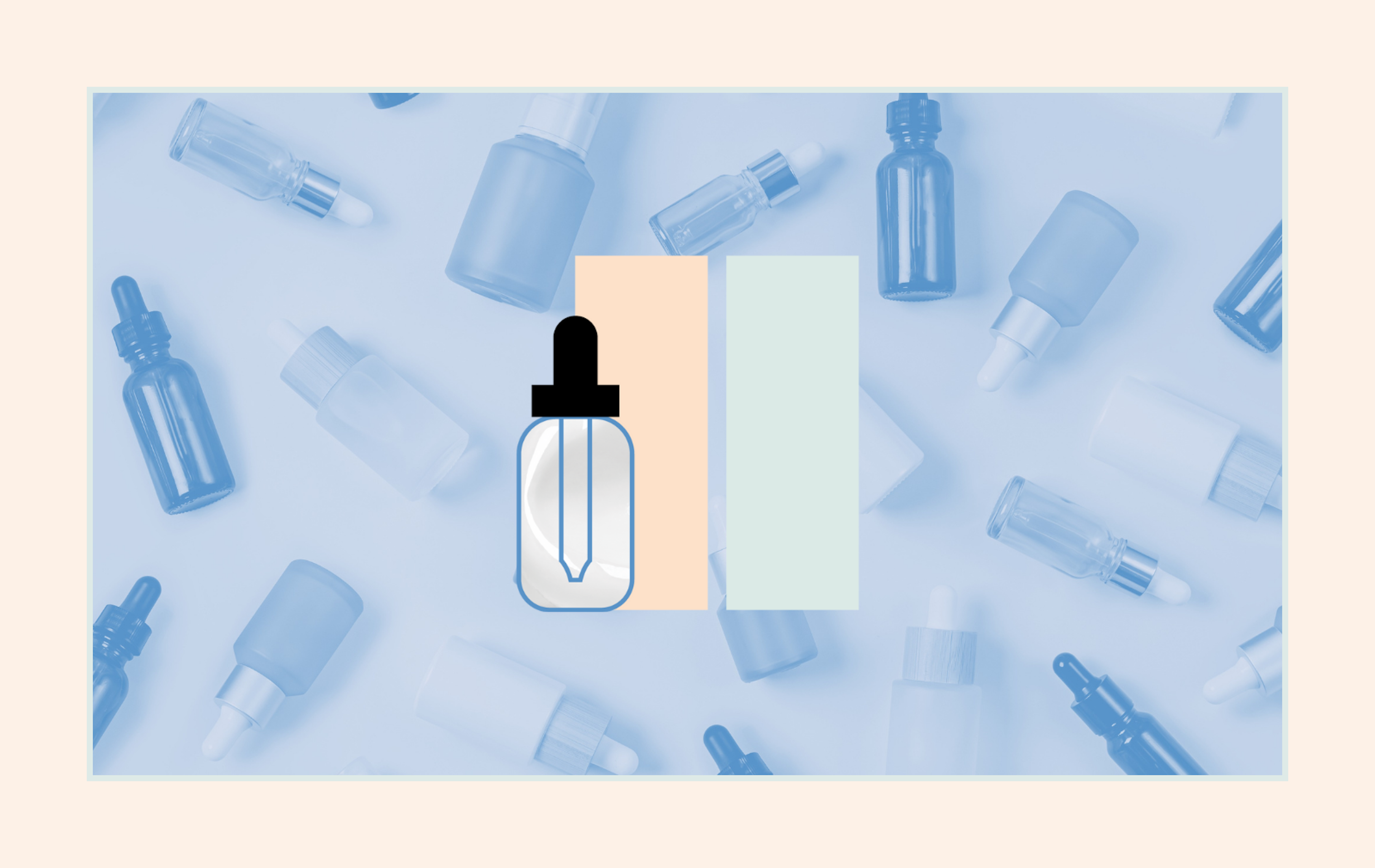
Healthy skin needs regular cell turnover and for this, many consumers turn to well-known Alpha Hydroxy Acids (AHAs) and Beta Hydroxy Acids (BHAs) like glycolic acid (AHA) or salicylic acid (BHA) but they may not be the right choice for all skin types. Improper use of harsh ingredients can lead to over-exfoliation and dehydrated skin, leaving the skin barrier in need of repair and hydration. For those with darker skin tones, gentler skin care acids are recommended to prevent hyperpigmentation that may result from irritated or inflamed skin.
There are a range of alternative acid ingredients that take a gentler approach to exfoliation, or even have other benefits like moisturization. Prime Matter Labs Chief Science Officer Jennifer Hurtikant believes brands should consider these skin care ingredients when formulating their next beauty and personal care products in 2023:
TRANEXAMIC ACID
Brightens skin and improves appearance of hyper pigmentation.
Tranexamic acid is a brightening agent that reduces the appearance of existing skin discoloration. It is typically less harsh than hydroquinone, so it can be incorporated into a daily skin care routine and with most skin types. It also pairs well with many ingredients so it can be combined with additional brightening agents or ingredients that provide additional skin benefits.
MANDELIC ACID
Softens skin and promotes gentle exfoliation.
Mandelic Acid is a gentle AHA that functions as a powerful exfoliant to remove dead skin cells, reducing the appearance of skin damage and helping to make skin smoother, brighter, plumper and more even in tone. Due to its larger molecular structure, it does not penetrate as deeply into the skin making it a good choice for exfoliation of more sensitive skin. Mandelic acid is also a good acid for products developed for darker skin tones because there is less risk of hyperpigmentation, photosensitivity and scarring compared to other AHAs, like glycolic acid.
LACTOBIONIC ACID
Hydrates skin and promotes gentle exfoliation.
Lactobionic acid is a type of polyhydroxy acid (PHA) that is chemically and functionally similar to AHAs. It is the oxidized form of lactose, which is derived from milk. With a larger molecular weight than most AHAs, it acts as a surface chemical exfoliant, meaning it exfoliates the top, shallow layers of the skin so it’s gentler on the skin and less irritating. It can encourage a brighter skin tone and help to minimize discoloration. It also provides antioxidant benefits and works as a great humectant that helps hydrate the skin and keep it plump.
HYPOCHLOROUS ACID
Calms skin and works to combat common bacterial skin issues.
Hypochlorous acid is a type of weak acid that is naturally produced by the body's immune system as a defense mechanism against harmful microorganisms. Known for being powerful yet gentle in application, it is especially good for soothing skin and promoting a balanced complexion. Non-toxic and non-irritating, it is considered safe to use for all skin types, even sensitive skin.
Hypochlorous acid is a highly reactive substance that can easily degrade when exposed to light, heat, and other environmental factors and it can be incompatible with some ingredients like preservatives, so it can be hard to formulate. But in the hands of expert chemists and with the right packaging, this ingredient is a powerhouse ingredient that can help soothe and calm skin.
POLYGLUTAMIC ACID
Provides 4x greater moisture retaining benefits than hyaluronic acid.
Polyglutamic acid (PGA) functions as a humectant that holds five times more moisture than hyaluronic acid due to its high-molecular weight. As a biopolymer, it forms a flexible, smooth, moisture-binding film on the skin's surface, working to help keep skin hydrated. Polyglutamic acid’s ability to help seal moisture in your skin also contributes to a more youthful complexion and overall skin health. It’s made via bacterial fermentation in a lab ensuring its purity and efficacy making this an excellent ingredient to consider for its hydration benefits.
For more on ingredient trends in beauty, check out Five Ingredients to Watch In 2023 and our 2023 Beauty & Personal Care Trend Report
Prime Matter Labs offers tailored product development and production, adapting and innovating along with your business. Work with our team to capture exactly what it's going to take to meet your consumers’ unique needs. Contact your Prime Matter Labs Project Manager or start your project here.

